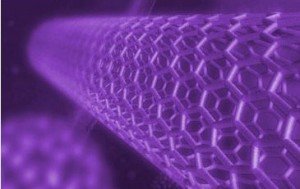A new opinion article in Cosmos magazine examines nanotechnology regulation – an issue which was the focus of a recent NZ government report.
 Nanotechnology is becoming more and more prevalent in our daily lives, but are there risks being overlooked? In the latest issue of Cosmos Magazine, the problems posed by this emerging technology are explored by Alok Dhawan and Vyom Sharma, researchers from Nanomaterial Toxicology Group, CSIR-Indian Institute of Toxicology Research.
Nanotechnology is becoming more and more prevalent in our daily lives, but are there risks being overlooked? In the latest issue of Cosmos Magazine, the problems posed by this emerging technology are explored by Alok Dhawan and Vyom Sharma, researchers from Nanomaterial Toxicology Group, CSIR-Indian Institute of Toxicology Research.
The potential risk that nanotechnology presents have drawn that attention of the New Zealand authorities. Last month the government released a report examining New Zealand’s nanotechnology regulations, which suggested that as nano-materials and their applications evolve, more work will need to be done on regulation.
You can find out more about the report and read related expert commentary, collected by the SMC, here.
An except from the Cosmos article (read in full here):
A cautious approach to nanotechnology
Nanotechnology, the science of manipulating tiny particles less than 100 nanometers in diameter, has found many applications in consumer products, biomedical devices, drug delivery agents and the industrial sector.
In the consumer sector alone, more than 30 countries are manufacturing some 1,300 nanotech-based products, including textiles, food packaging, cosmetics, luggage, children’s toys, floor cleaners and wound dressings. The number of such products has increased five-fold in the last five years.
But this rapid growth has also raised concerns about the potential for adverse effects on human health and the environment. Although research on harm remains inconclusive, developing countries that embrace nanotechnology should not overlook possible risks and must regulate products that contain nanoparticles.
Their small size gives nanoparticles some unusual physical properties, as they have a larger ratio of surface area to volume than bigger particles. This can also make them biologically more active. For example, when gold, usually an inert material, is converted to a nano-form, it acts as a catalyst for chemical reactions owing to high surface reactivity.
This suggests that nanoparticles may interact differently with biological systems, compared with larger particles, and could reach further into the body.